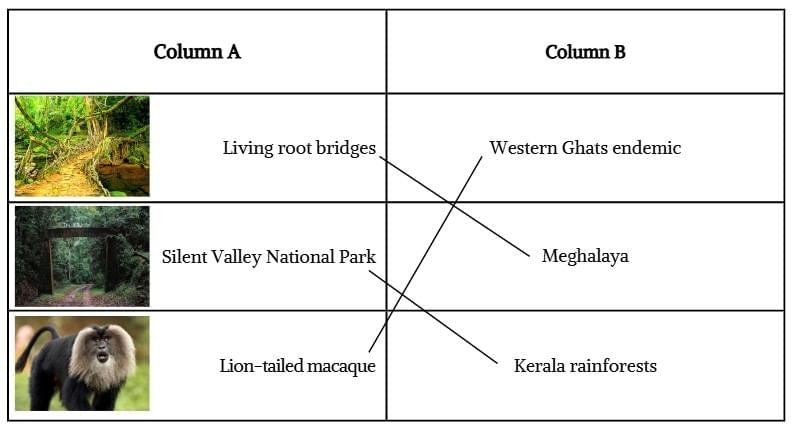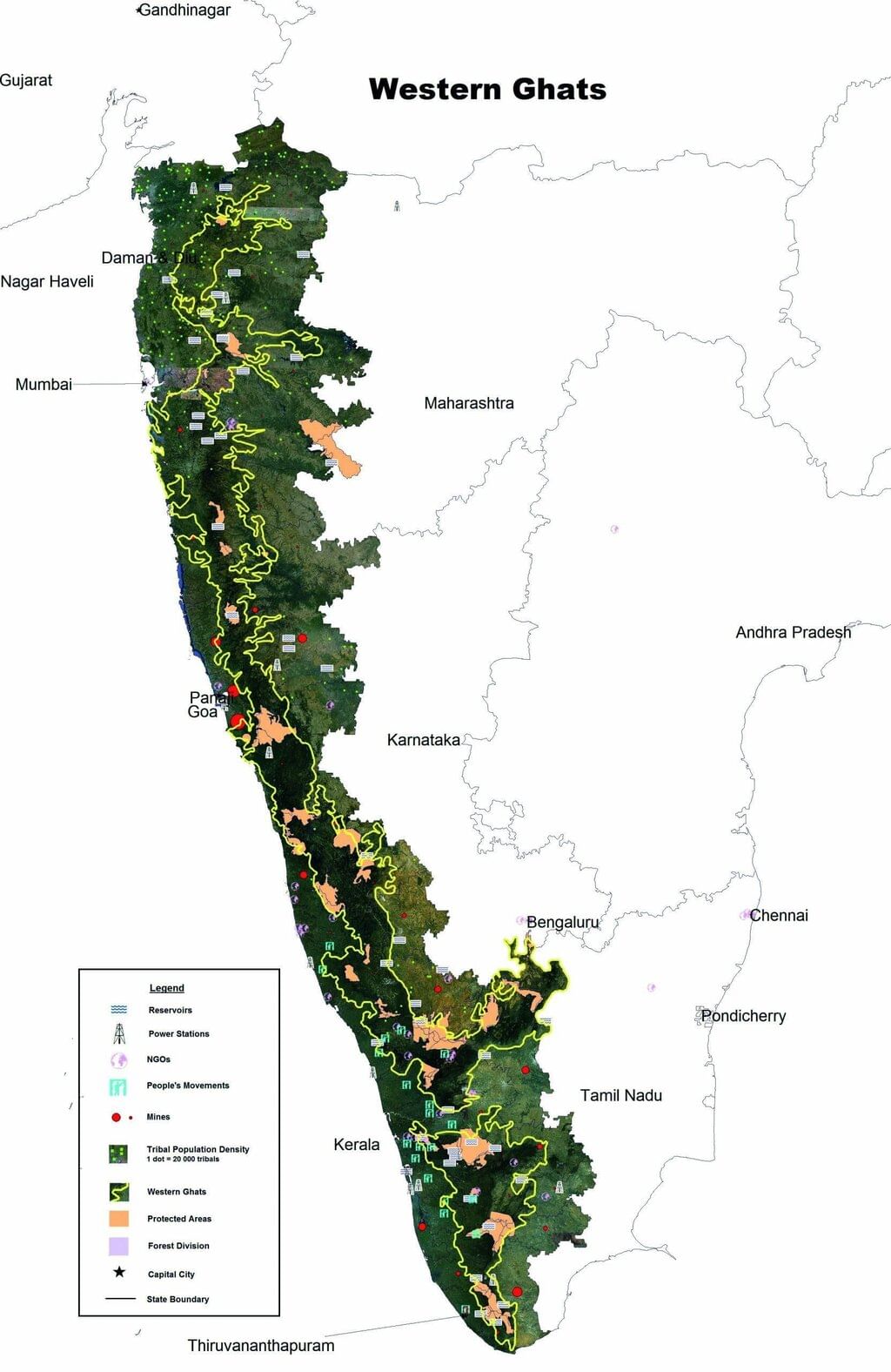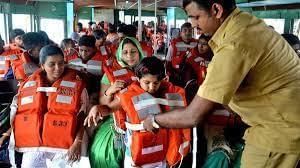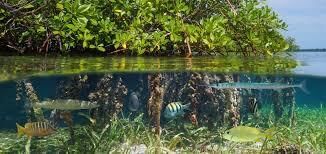Unit Test (Solutions): Some Unique Places | Our Wondrous World Class 5 - New NCERT PDF Download
Time: 45 Minutes
M.M.: 20
Attempt all questions.
Question numbers 1 to 6 carry 1 mark each.
Question numbers 7 to 9 carry 3 marks each.
Question number 10 carries 5 marks.
Q1. The southernmost tip of India is called:
(a) Kanyakumari
(b) Indira Point
(c) Dhanushkodi
(d) Rameswaram
Ans: (b) Indira Point
Q2. Fill in the blanks:
Mangroves have special ______ that help them breathe in muddy, salty water.
Ans: roots
Roots
Q3. True or False:
The Sundarbans is the largest mangrove forest in the world.
Ans: True
Q4. Name one unique bird found only in the Andaman Islands.
Ans: Andaman hornbill (or Andaman wood pigeon)
Andaman hornbill
Q5. Match the following:
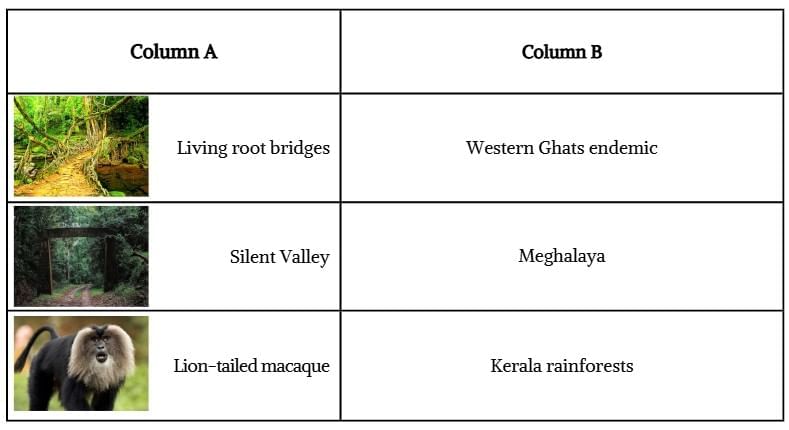
Ans:
Q6. Why are protected areas important?
(a) To allow more construction
(b) To protect rare animals and forests
(c) To mine freely
(d) To cut more trees
Ans: (b) To protect rare animals and forests
Q7. List three reasons why mangroves are important for coastal regions.
Ans: 1. Hold soil and prevent erosion.
2. Reduce wave impact and guard against storms.
3. Provide habitat for fish, birds, and other wildlife.
Q8. Give three examples of how people in the Northeast live in harmony with nature.
Ans: 1. Stilt houses to adapted to hilly/rainy terrain.
2. Community protection of birds like the Hargila (Greater Adjutant).
3. Use of traditional crafts and local materials sustainably.
Q9. Why are the Western Ghats called a biodiversity hotspot? Give three points.
Ans:
1. Many endemic species (e.g., lion-tailed macaque).
2. Source of several Indian rivers.
3. Rich medicinal plants and numerous protected areas.
Q10. You are planning an eco-trip to Andaman & Nicobar and Sundarbans. Prepare a simple plan including:
(a) Two safety measures for ferries/boats,
(b) Two “do-nots” in mangrove/reef areas,
(c) Two learning goals about local wildlife/culture.
Ans: Plan for eco-trip:
(a) Safety on ferries/boats
1. Always wear a life jacket.
2. Don’t lean over the side or stand up suddenly in the boat.(b) “Do-nots” in mangrove/reef areas
1. Don’t touch, break, or step on corals or plants.
2. Don’t feed animals or take shells, corals, or plants home.(c) Learning goals about wildlife and culture
1. Learn how mangroves and coral reefs protect the shore and are homes for many fish, crabs, and birds.
2. Learn to respect local people and rules (like not entering restricted areas and asking before taking photos).
|
11 videos|212 docs|10 tests
|
FAQs on Unit Test (Solutions): Some Unique Places - Our Wondrous World Class 5 - New NCERT
| 1. What are some unique places that are often explored by travelers? |  |
| 2. Why is the Great Barrier Reef considered a unique place? |  |
| 3. What are some interesting facts about the Amazon Rainforest? |  |
| 4. How has tourism impacted unique places around the world? |  |
| 5. What conservation efforts are being made to protect unique places? |  |

